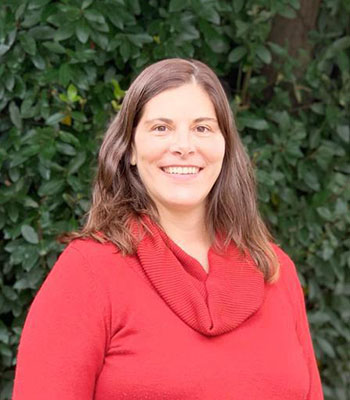[IAHR Talks] Interview with Monica Fossati. Focus on women engineers
IAHR Talks Entrevista en español
#IAHRTalks
 International Women in Engineering Day has been celebrated on 23 June since the Women's Engineering Society first began celebrating it in 2014. The aim of this celebration is to highlight the achievements of women engineers around the world, raise the profile of women in this male-dominated field, and make career opportunities in engineering more visible to girls and young women.
International Women in Engineering Day has been celebrated on 23 June since the Women's Engineering Society first began celebrating it in 2014. The aim of this celebration is to highlight the achievements of women engineers around the world, raise the profile of women in this male-dominated field, and make career opportunities in engineering more visible to girls and young women.
To take part in this celebration and highlight the role of women engineers in Latin America, we spoke with Dr Mónica Fossati, professor at the Institute of Fluid Mechanics and Environmental Engineering (IMFIA) of the University of the Republic in Uruguay, and an active member of the IAHR Latin American Division.
Karol Sánchez, from the IAHR Venezuela Young Professionals Network, interviews Dr Mónica Fossati.
Why did you decide to pursue a career in Hydraulic Engineering?
In Uruguay, hydraulics is one of the specialisations in the Civil Engineering career path, and I chose it because, as I progressed in my career, I realized that I liked to study and solve engineering problems related to water as it interacts with humans and their needs; environmental hydraulics was therefore the perfect fit for my interests.
What branch of hydro-environmental engineering or research are you currently working on?
In recent years I’ve focused on applied research in the study of fluid dynamics and the transport of substances and environmental processes in estuaries, fluvial, and oceanic areas using different tools, such as state-of-the-art numerical models and measurement analysis. I mainly carry out research in the Río de la Plata, a body of water with complex hydrodynamics and a mixture of fluvial, estuarine, and oceanic characteristics, where fine sediment and its relationship with pollutants and sedimentation in navigation channels are one of the main hydro-environmental problems. In addition, despite being a micro-tidal area, there are frequent meteorological tidal events and storms that generate coastal flooding, so I’ve been working lately on developing a hydrodynamic forecast model for the Uruguayan coast and on studying the effects of climate change on it.
What message would you give to the new generations of water and environmental engineers/scientists?
I would tell the new generations that there is a growing need for engineers to work on water and environmental issues because of their relevance to the survival of humans, and because of the urgency of the situation. It’s vital that we study and understand these natural aspects so that the technologies applied to the use of water can guarantee its care and ensure sustainability. These processes require increasing levels of interaction and collaborative work with other disciplines; this can be challenging and implies that we must have the ability to work as a team, which in the long run is very beneficial for both professional and personal growth.